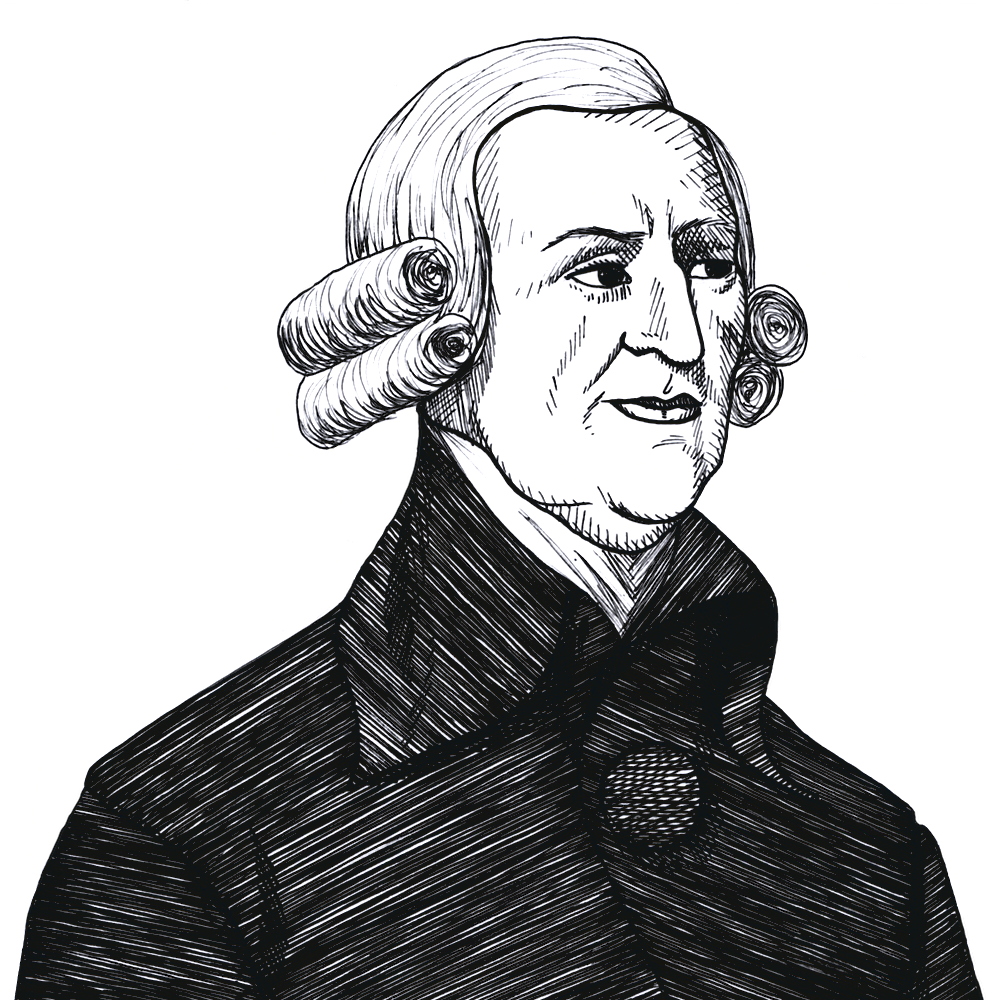
Adam Smith on social change and “the man of system” (1759)
Found in: Theory of Moral Sentiments and Essays on Philosophical Subjects (1869)
Adam Smith (1723-1790) contrasts two different ways by which the evils of society might be reformed: the man of humanity and benevolence who uses reason and persuasion and “the man of system” who imposes his own “ideal plan of government” on others by force:
The State
The man of system, on the contrary, is apt to be very wise in his own conceit; and is often so enamoured with the supposed beauty of his own ideal plan of government, that he cannot suffer the smallest deviation from any part of it. He goes on to establish it completely and in all its parts, without any regard either to the great interests, or to the strong prejudices which may oppose it. He seems to imagine that he can arrange the different members of a great society with as much ease as the hand arranges the different pieces upon a chess–board. He does not consider that the pieces upon the chess–board have no other principle of motion besides that which the hand impresses upon them; but that, in the great chess–board of human society, every single piece has a principle of motion of its own, altogether different from that which the legislature might chuse to impress upon it.